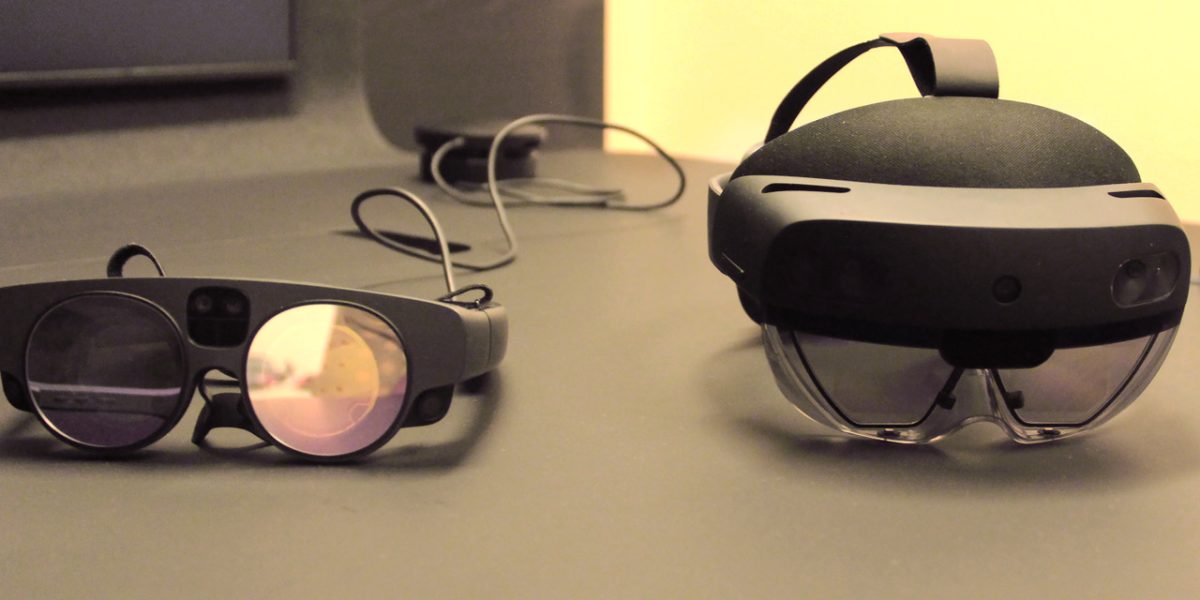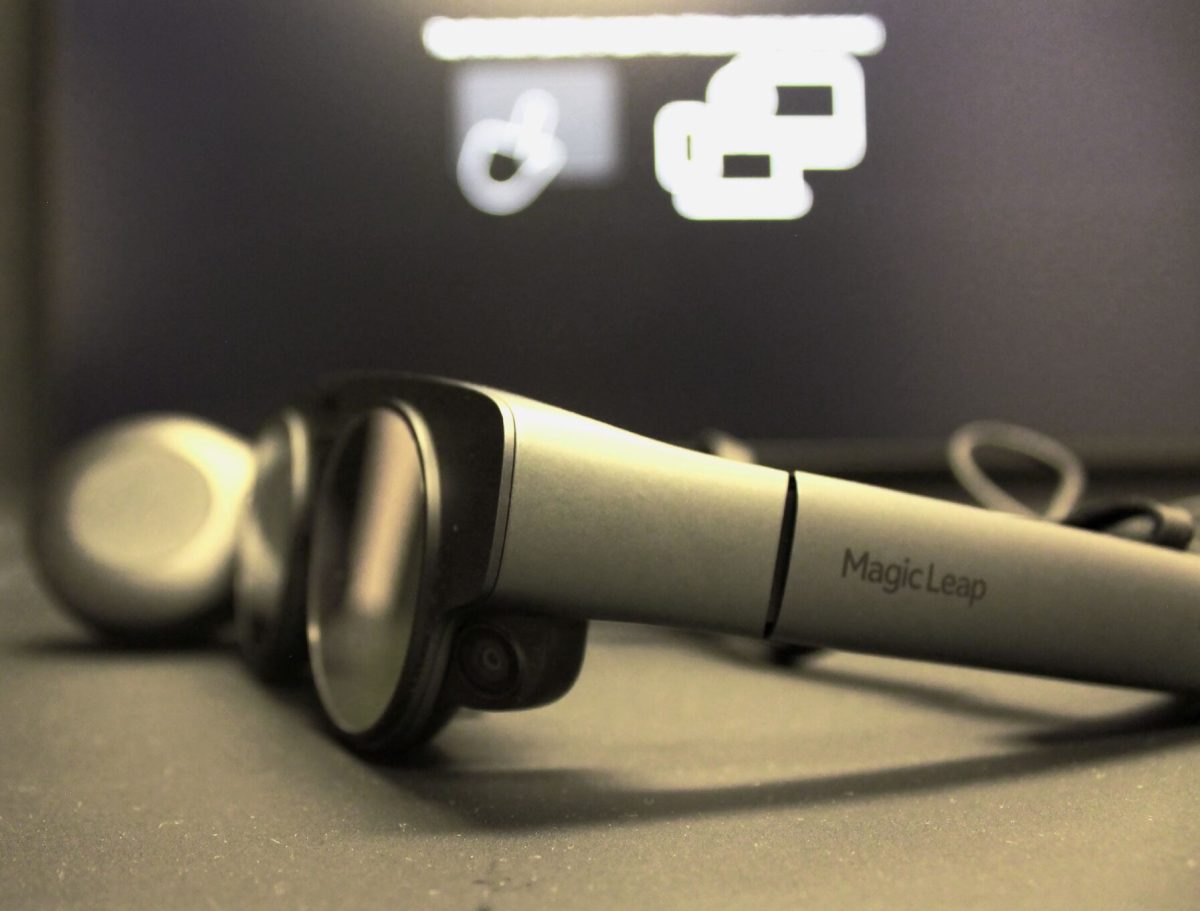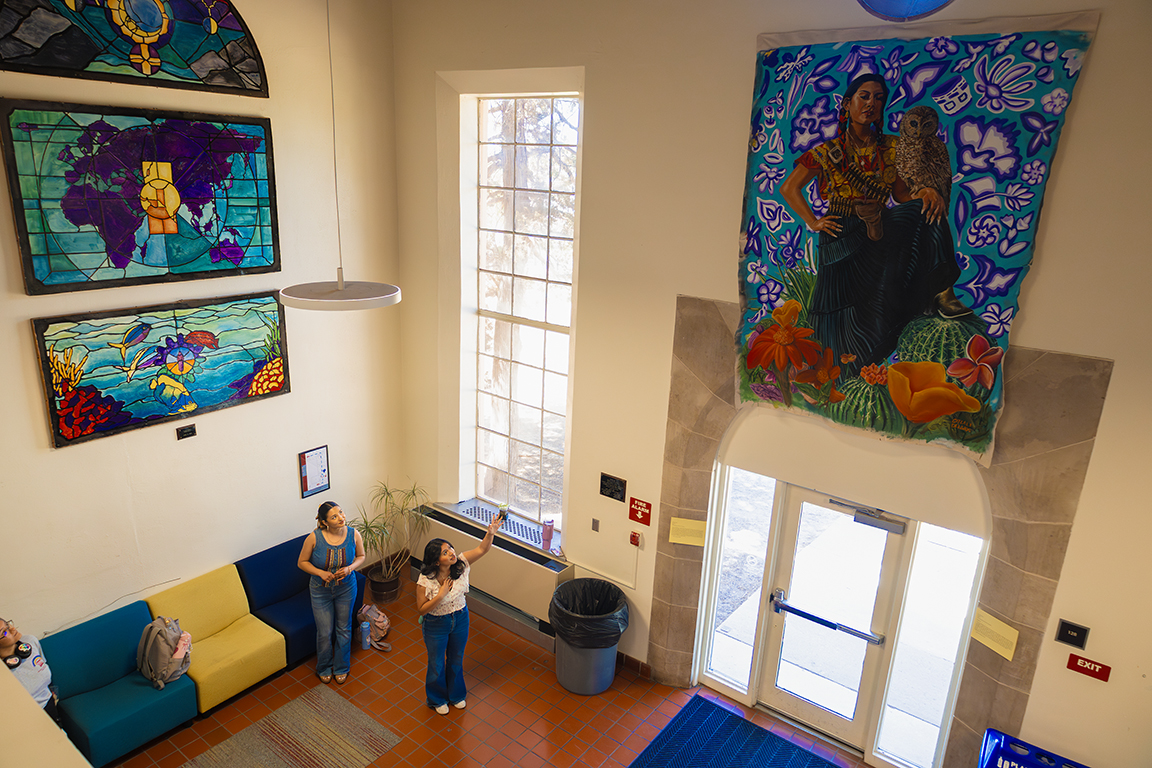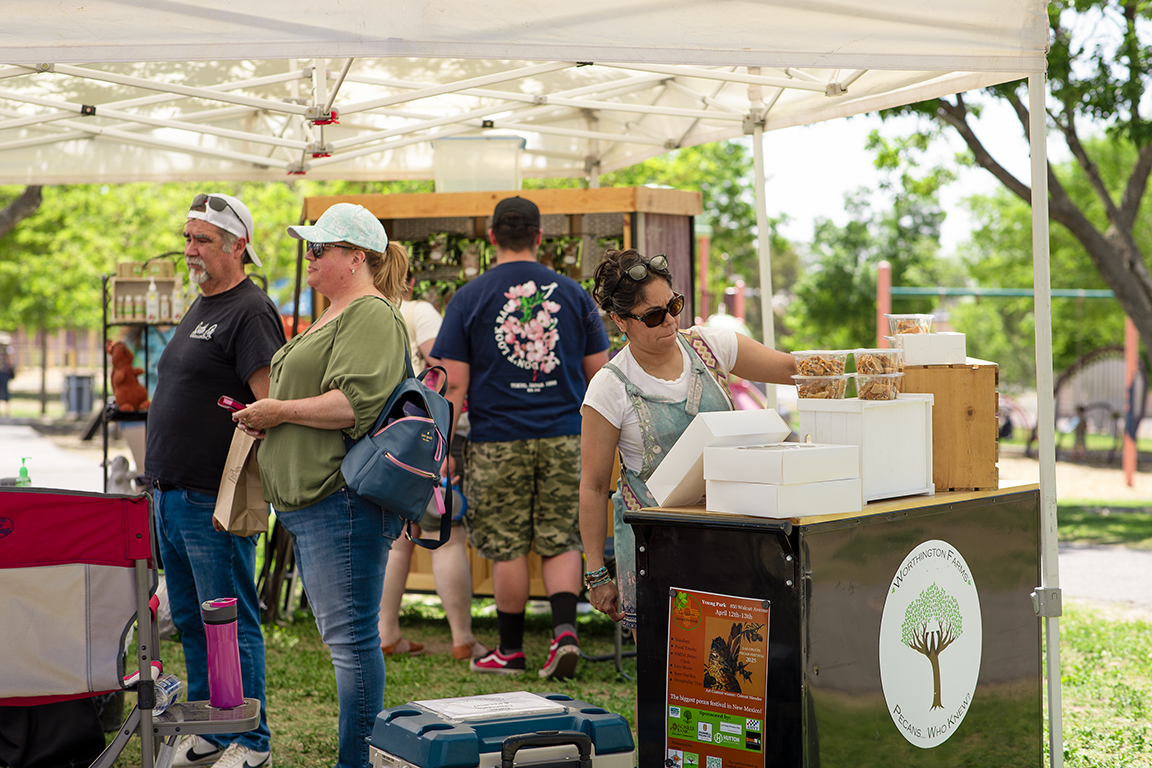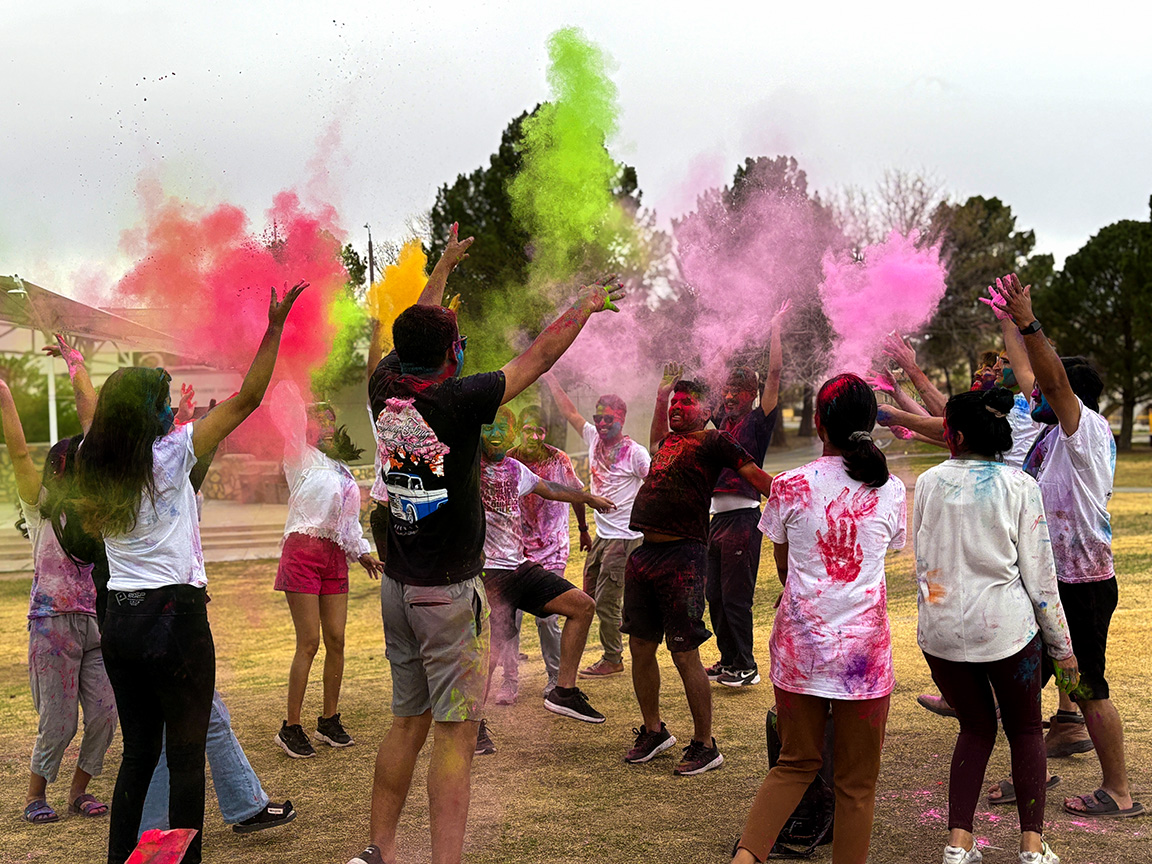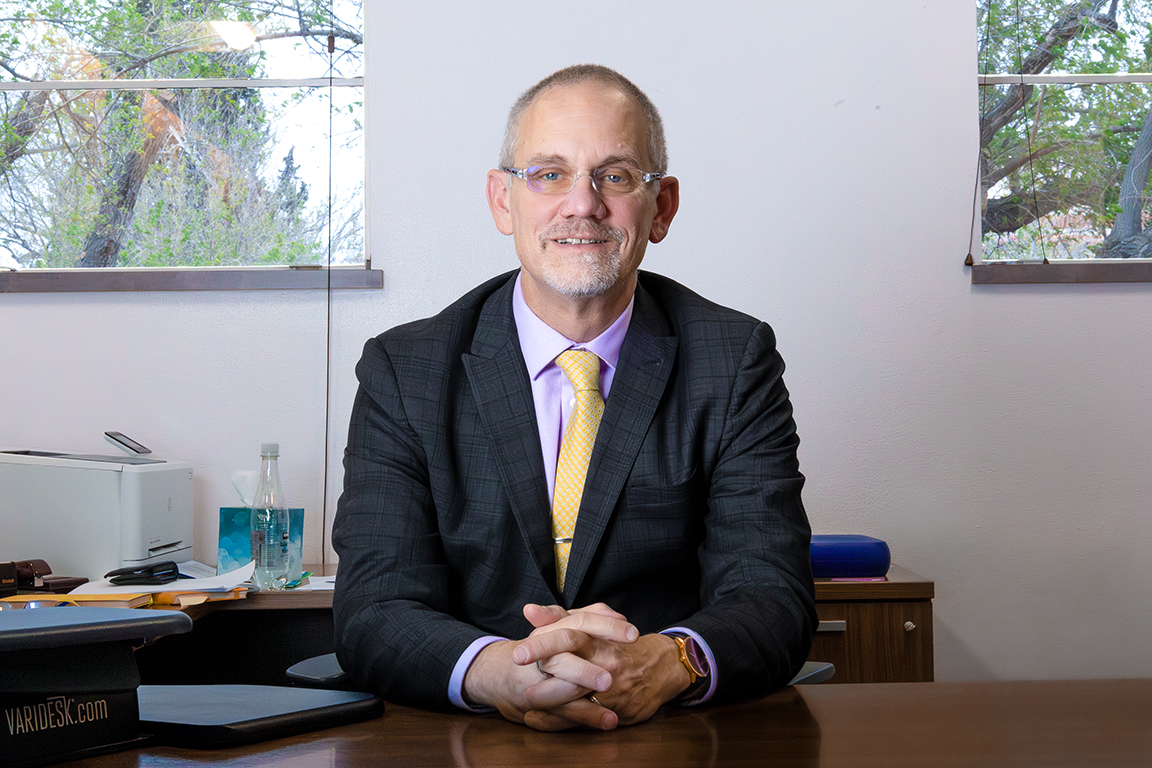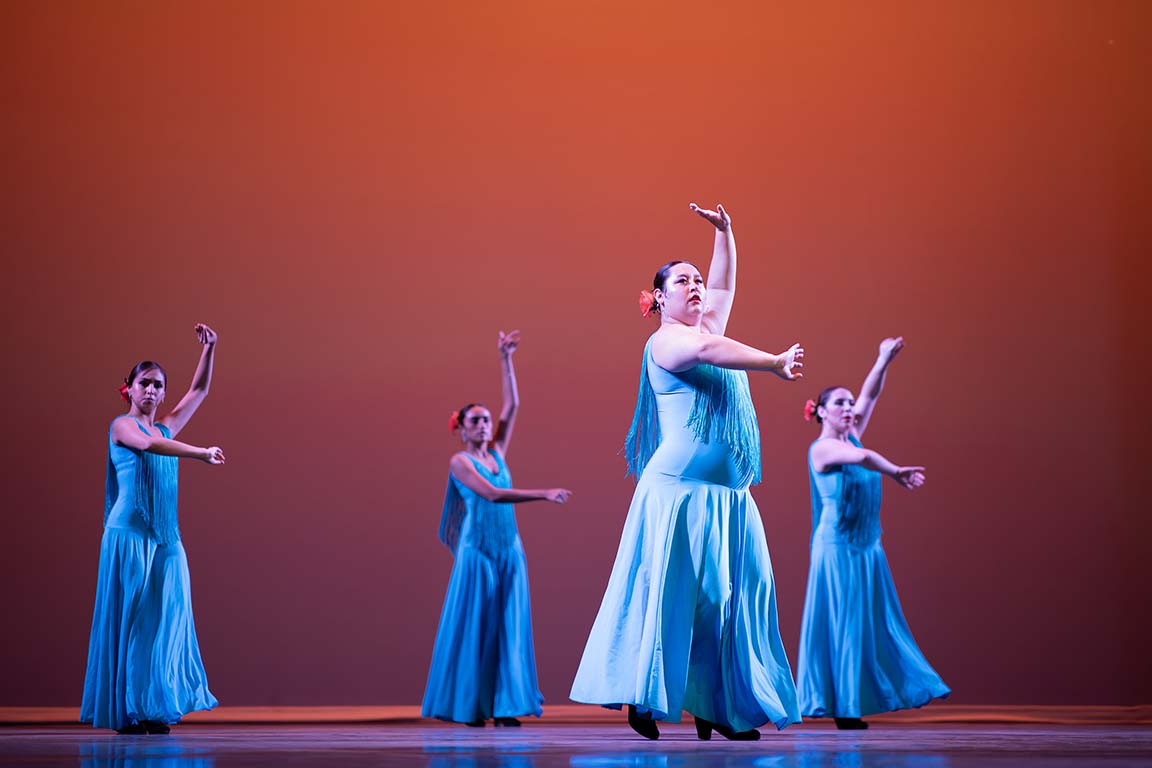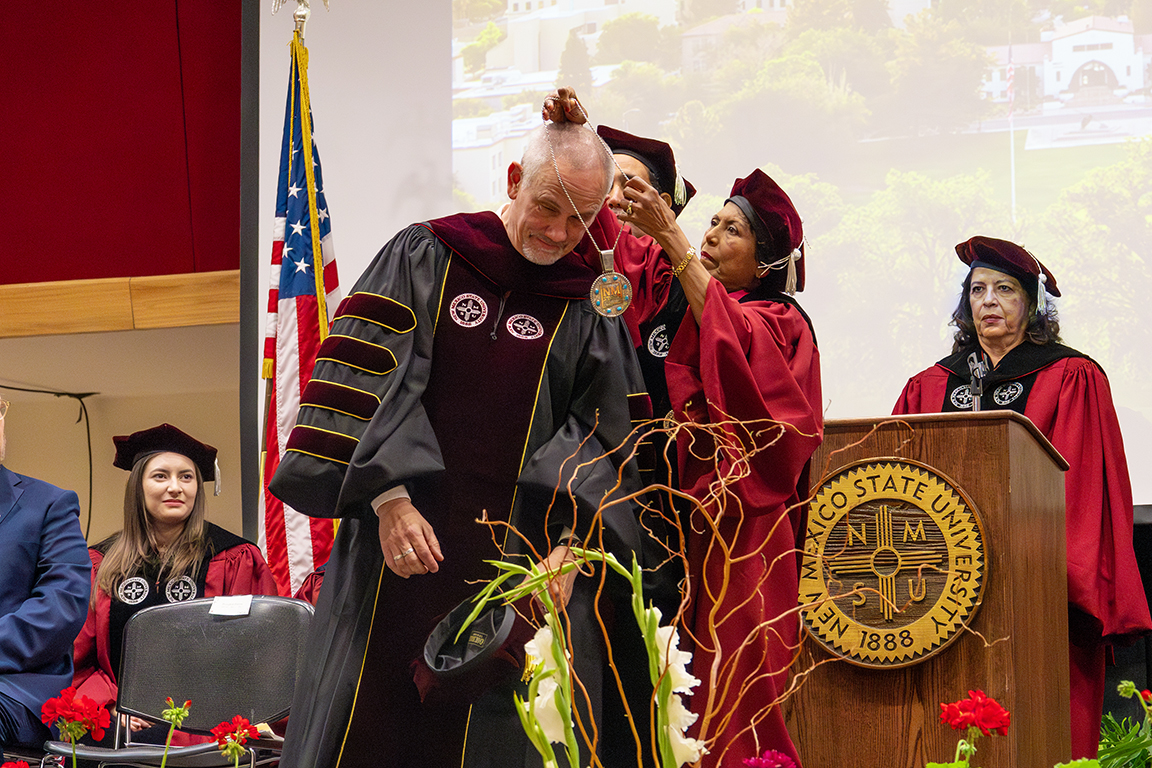New Mexico State University has pioneered a virtual reality setting in a variety of classrooms. Virtual Reality or VR courses have been offered to students for a couple of years, but the technology recently gained great momentum on the campus. Immerse technology can shape the student’s learning experience, and the instructors are aware of it.
It has been 2.5 years since virtual reality became a part of the student experience at the NMSU Global Campus. The journey began with the curiosity and tenacity of Andrew Sedillo and Robbie Grant after the then Vice Provost, Sherry Kollmann, assigned them to research the possibilities of VR.
“So, we met with Dr. Morris. She put us in contact with the people at Victory XR,” said Robbie Grant, Metaverse Administrator and Microlearning Administrator for NMSU Global. […] “They asked us if we’d be willing to join what they called their Meta 10 pilot project which was them creating meta verses. So, VR based campuses.”
NMSU is one of 10 college campuses to join the Meta10 and is now an established metaveristy campus. Victory XR is a company that leverages VR technology to revolutionize the way students learn and engage with educational content. They have collaborated with over 20 higher education institutions worldwide to create digital replicas of their campuses within the metaverse, including NMSU.
A “digital twin,” or a virtual model of NMSU’s main campus has been up and running for several years now. There are also plans to create an augmented reality/virtual reality center on campus for faculty to better explore how they can implement the technology in their classes and encourage more professors to embrace this innovative leap.
“A big part of Web 3 is going to be augmented reality, virtual reality,” said Sedillo referring to the web experience evolution through the years and how VR falls into the equation.
The digital twin campus, also known as a metaversity, is a virtual replica of a physical university. It is also an immersive educational environment within a metaverse which offers a new dimension to learning.
NMSU’s Metaversity was officially utilized by students for the first time in the fall of 2022. In immersive classrooms, students attend a room as if they were attending a regular class session.
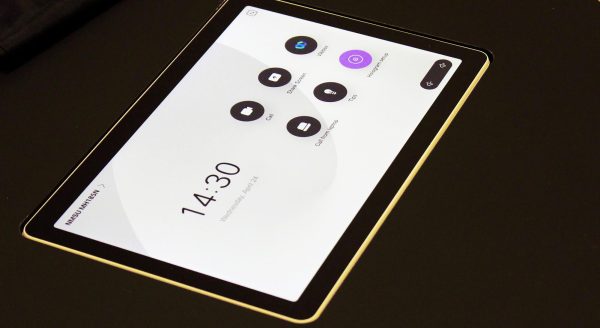
Another important and innovative tool explored by instructors and students for 6 months is a hologram in the Instructional Media Services in Milton Hall, Suite 185.
“That tool is actually set up, it’s a pretty expensive unit. It’s kind of cool to see yourself in a hologram […] and be able to manipulate it,” shared Grant about the hologram. “We were part of a pilot program with Cisco Systems. I think we were one of 2 schools in the U.S. that was given the hologram […], 15 in the world.”
While the hologram system is currently unavailable for class or student use due to its recent introduction and limited testing, students are encouraged to request a guided session to experience the equipment and offer feedback.
Currently the university is implementing VR for majors such as Criminal Justice with a crime scene replica as well as the College of Agricultural, Consumer and Environmental Sciences where the dietetic internship program includes a VR Dietetics Simulation Lab.
Courses that currently offer the VR immersive experience include mental health simulations, education, business, computing, instructional design along with certification opportunities that can all be found in the Global Campus website.
“I work with faculty in understanding how to integrate it within their classes. Currently, we’re supporting criminal justice, hotel resorts, tourism and management,” said Andrew Sedillo, Director of Microcredentials Instructional Design for NMSU Global. “We also have language learning, which is currently a Spanish course, within the metaverse. We’re working with them in identifying, you know, maybe things that are doable in a live classroom, but aren’t so doable in an online classroom.”
Microcredentialing courses consist of a series of classes leading to a digital certification that can be added to resumes. These classes prepare future teachers for integrating technology and education through the micro-learning platform open to alumni as well. “They’re kind of those adult learners,” Sedillo said.
“One of the reasons why we started wanting to push these micro credentials out is to then provide that type of support to people who are already working, who are already in the field, and these are just some additional things that they can start adding to their toolkit in which, you know, they start providing people training and learning experiences,” Sedillo added.
Although the implementation has been working according to plan, challenges arise as part of this journey too.
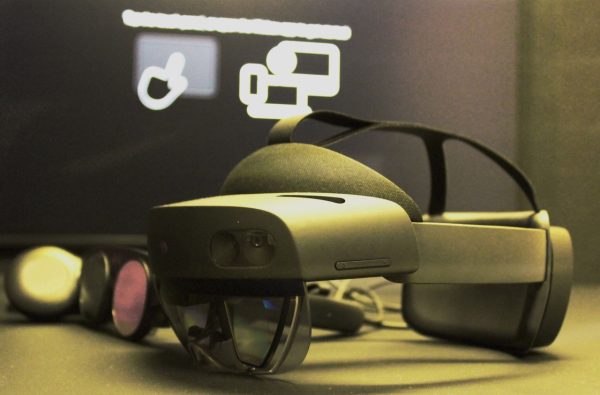
Despite the necessary equipment being provided, Sedillo and Grant are working towards increasing the number of headsets available. So far, the number of headsets is limited due to costs, providing the program with 190 headsets, of which 50 were distributed to faculty and staff and 140 available to students.
“This spring semester was the first time that we ran into a situation where we didn’t have enough headsets, and we actually had to push one class off to next fall because we simply didn’t have the number of headsets needed to support it, which is a good problem to have,” Grant said. “That means it’s growing. That means they’re interested in it, and it’ssomething that we can start to show and get funding for.”
Grant’s idea is to partner with departments to have this added as a technology fee. His plan is for students to pay a fee throughout their college stay and eventually get to keep the headset after a series of semester payments.
“$50 a semester, you know, after 6 semesters, you own the headset,” Grant added. “If it’s a Quest 2, it’ll take a little bit longer, and you own the headset that way. They don’t have to check it back in. It’s part of their program.”
The known challenges of virtual reality worldwide include motion sickness, eye strain, and disorientation but other concerns also include isolation and the neglection of real-world environments and connections.
“It took me several weeks to build up a tolerance where you’re not feeling funny or motion sickness after you take the headset off, and that’s one of the biggest things reported from users,” Grant said.
The department takes all these challenges into consideration, including how to support remote students and troubleshoot any issues with the equipment. Although they offer step-by-step instructions and have a simple checkout process, they also put a team together that can offer the support and coordination a pioneering program like this one needs.
“One of the things that we make sure to is to inform the instructors, inform the students that they can reach out to us if they’re having any difficulty at any time, and we pretty much have a really quick response rate in which we can troubleshoot and help them out,” Sedillo said.
NMSU Global has been able to gather data through the years, helping them understand the impact of this technology and the student learning curve and how it can be improved.
“We’re not looking at VR as a replacement for anything,” Grant said. “It’s a supplement. It’s a tool. Just as a piece of paper or a pencil became a tool. […] if we’re giving students experiences, they’re not getting at other institutions that makes our institution more marketable. It also makes our students more marketable when they go out into the workforce.”
You may go on a virtual tour of NMSU’s twin campus and explore the variety of buildings that were recreated by clicking here.


